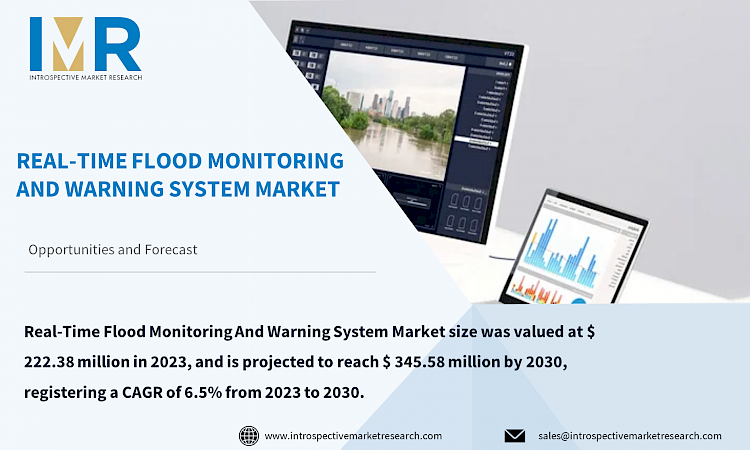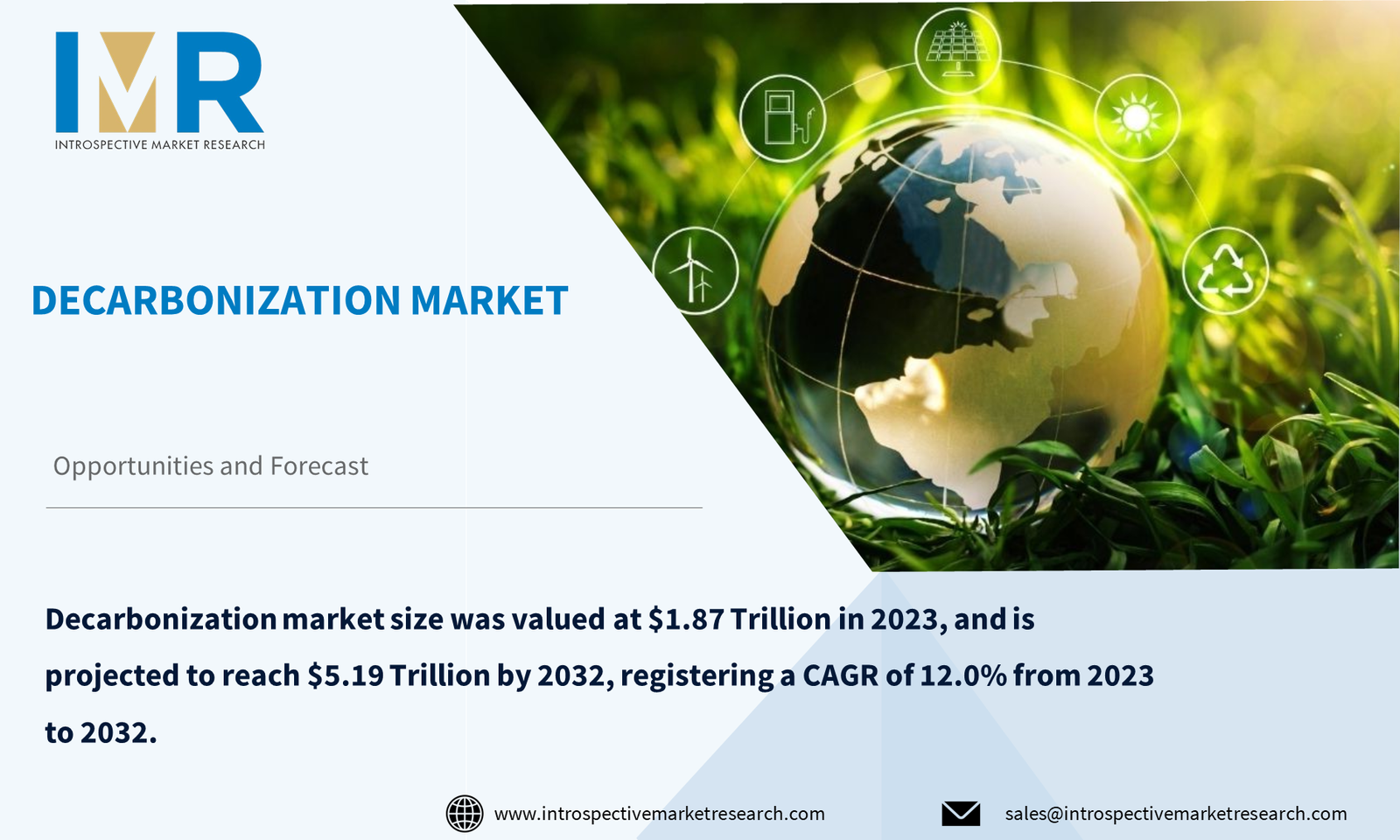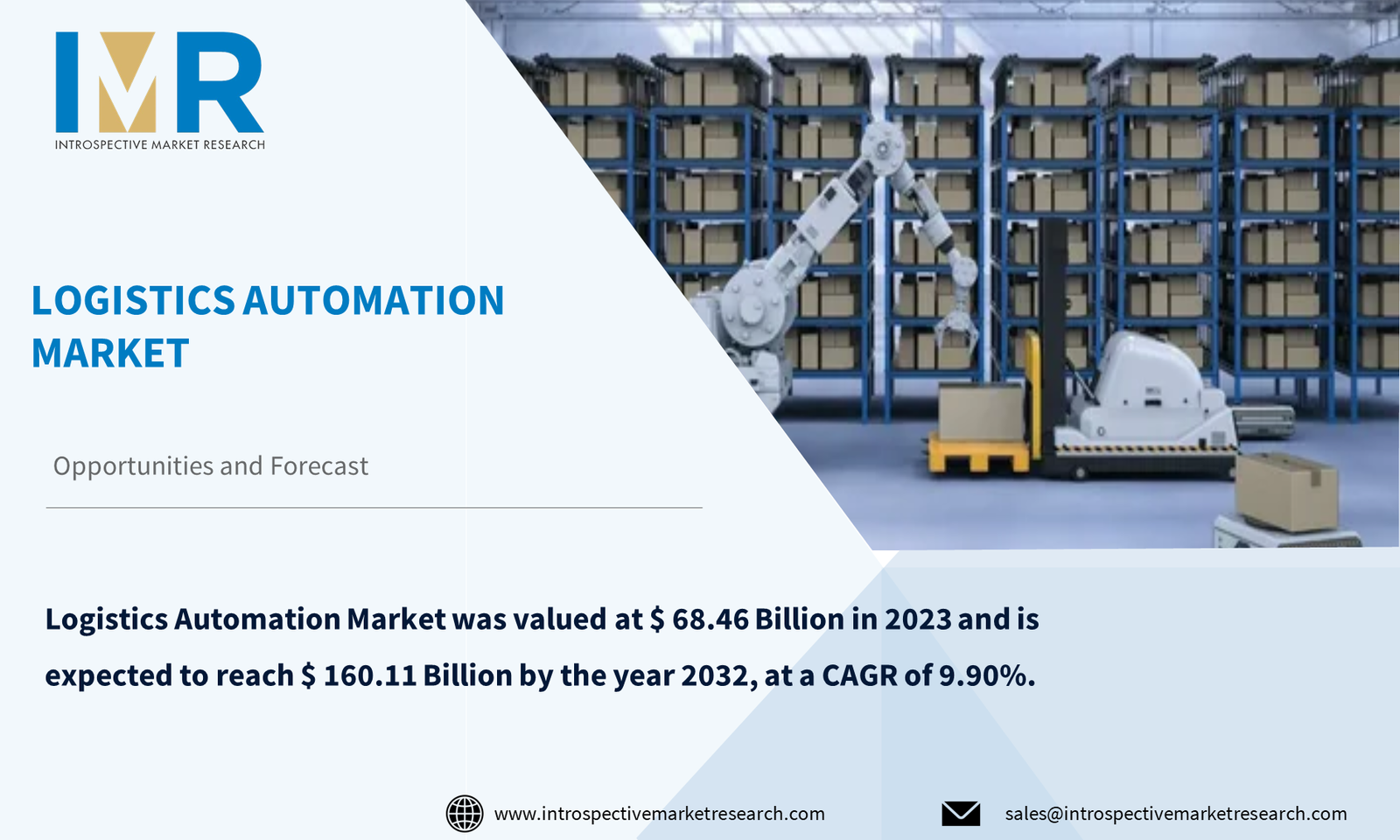
Real-Time Flood Monitoring And Warning System Market size was valued at $ 222.38 million in 2023, and is projected to reach $ 345.58 million by 2030, registering a CAGR of 6.5% from 2023 to 2030.
Flooding poses a significant risk to both communities and businesses, involving the overflow of water from rivers, rainfall, or coastal surges, resulting in widespread inundation. Implementing robust flood monitoring and warning systems is crucial to mitigate these risks effectively. These systems rely on real-time sensors to track water levels and provide timely alerts to individuals and authorities. Effective flood control measures entail a combination of forecasting, assessment, simulation, and monitoring techniques to minimize losses. By utilizing advanced technologies such as wireless sensors and web-based decision support systems, businesses can enhance their ability to manage flood-related risks efficiently. By integrating these solutions into their operations, businesses can improve their capacity to control, monitor, assess, and mitigate the impact of natural disasters, particularly floods. This proactive approach not only helps safeguard assets and infrastructure but also ensures the safety of employees and communities.
The Real-time Flood Monitoring and Warning System aids national and local administrations, including municipalities, county councils, and water suppliers, in notifying residents about upcoming flood events and dispatching teams to implement flood mitigation plans.
Governments worldwide are increasingly focusing on preemptive measures to tackle natural calamities like floods and earthquakes. The primary clientele for real-time flood monitoring systems globally comprises public organizations and governmental bodies. Governments across various countries are adopting real-time flood monitoring and warning systems to mitigate risks and manage environmental challenges effectively.
Moreover, community groups, governmental entities, and other public organizations primarily constitute the end-users of real-time flood monitoring and warning systems. Consequently, the growing necessity to avert floods and implement preemptive measures before their occurrence is driving up the demand for such systems. This trend is expected to exert a significant influence in the short and medium term, as governments expedite the deployment of real-time flood monitoring and warning systems to mitigate potential losses.
The cost-benefit ratio of a real-time flood monitoring and warning system is notably higher compared to other environmental monitoring systems, serving as a significant driver for the growth of the market. Additionally, the increasing government emphasis on flood prevention is generating substantial opportunities for the expansion of the real-time flood monitoring and warning system market throughout the forecast period. Moreover, the integration of advanced technologies, such as artificial intelligence and machine learning, is further enhancing the capabilities and efficiency of these systems, bolstering their adoption and market growth.
Global Real-Time Flood Monitoring And Warning System Market, Segmentation
The Real-Time Flood Monitoring And Warning System Market is segmented based on type, Access, Application, and region.
By Type:
In the realm of real-time flood monitoring and warning systems, the hardware segment is a crucial component, encompassing sensors, data loggers, and various physical infrastructure elements essential for data collection. These components serve as the foundation of the system, enabling the acquisition of vital real-time information necessary for effective flood monitoring and timely warning dissemination. Sensors play a vital role in detecting and measuring key parameters such as water levels, flow rates, and rainfall intensity, among others, in flood-prone areas. Data loggers store the collected data in real time, ensuring its reliability and accuracy for subsequent analysis and decision-making. Moreover, the hardware segment includes communication equipment, power supply systems, and physical installations necessary for sensor deployment and maintenance, forming an integrated network for data transmission and processing.
Application:
The government sector is anticipated to lead the market in the foreseeable future, driven by the widespread adoption of real-time flood monitoring and warning systems. Governments are increasingly deploying these systems to mitigate significant economic and human losses caused by flooding. Given the higher cost-benefit ratio of real-time flood monitoring and warning systems compared to other environmental monitoring solutions, their usage by governments continues to rise steadily.
Region:
North America dominates the market for real-time flood monitoring and warning systems due to significant economic losses and loss of life in coastal areas affected by flooding in the region.
The Asia Pacific region is expected to experience notable growth in the real-time flood monitoring and warning system market, with countries like India, Japan, and China leading the way. This growth can be attributed to the high number of flood-prone areas and inadequate infrastructure in the region. Governments across various economies in the Asia Pacific and globally are increasingly prioritizing preventive measures to address natural disasters such as floods and earthquakes. Government and public organizations are the primary customers of real-time flood monitoring and warning systems worldwide. Major economies' governments are adopting these systems to mitigate the impact of natural disasters and minimize loss and risk. This growing emphasis on flood defense and proactive measures is driving the demand for real-time flood monitoring and warning systems.
The markets for real-time flood monitoring and warning systems in Europe, Latin America, the Middle East, and Africa are also expected to experience rapid growth during the forecast period.
Some of The Leading/Active Market Players Are-
- Lynker (US)
- Riverside Technology Inc. (US)
- High Sierra Electronics Inc. (US)
- Valarm (US)
- Hydro International UK Ltd. (UK)
- Campbell Scientific Inc. (Utah)
- Arteria Technologies Private Limited (India)
- HWM-Water (UK)
- Hanwell Solutions Ltd. (UK)
- Pessl Instruments (Austria) and Other Active Players
Key Industry Developments
- In March 2024, Cadcorp now offers access to real-time flood data from the Environment Agency through its cloud-based Cadcorp Data Service, allowing users to visualize flood-prone areas and receive updated alerts. This service is available to subscribers of Cadcorp SIS Desktop and Cadcorp SIS WebMap in the cloud or as a separate licensed service for onsite installations.
Key Findings of the Study
- Global governments prioritize real-time flood monitoring systems to proactively address environmental challenges, with public organizations as their main customers.
- The hardware segment, comprising sensors and data loggers, is crucial for effective flood monitoring and warning systems, driving market growth.
- The government sector is set to lead the market, driven by the widespread adoption of real-time flood monitoring to mitigate losses, notably in North America.
- Asia Pacific, led by India, Japan, and China, expects substantial growth in real-time flood monitoring due to high vulnerability and inadequate infrastructure, prompting proactive government measures.






